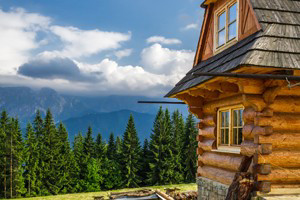People came to Arches National Park as early as 10,000 years ago, mainly to hunt and gather. Archaeologists have found debris piles made of the stone knives, arrowheads, and darts these Ice Age-era people used as tools. About 8,000 years later, Ancestral Puebloan people settled the area and raised crops such as maize, beans, and squash. These mysterious peoples inhabited the entire Four Corners regions, and you can still see some of their ancient cities in nearby ruins like Hovenweep and the Canyons of the Ancients. Arches National Park doesn't contain any ruins; however, you will find inscription panels in rocks throughout the park.
The Ute Native Americans came into the Arches and Moab area many years after the ancestral Puebloans disappeared. They also left petroglyphs; the one by Wolfe Ranch in Arches National Park is an example. In the mid-1700s, the first Europeans came to the area, missionaries from Spain. Tensions between the Ute and European settlers, who were mostly Mormon, held off large-scale settlement of the area until the late 1800s. In the early 1920s, a prospector named Alexander Ringhoffer worked with the Rio Grande National Railroad to garner more publicity for the beautiful red-rock land around Moab and Arches. In 1929, the publicity made its way to President Herbert Hoover, who signed Arches into a National Monument. In 1971, Arches became protected as a National Park.



